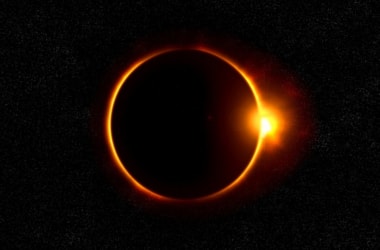
Scientists, including one of Indian origin, have created an original music composition.
This is using data from the movements of the Sun, the Moon and the gradual darkness during the total solar eclipse in the U.S.
This is the first time researchers have made music with eclipse information.
The team from Georgia Institute of Technology in the U.S. watched countless videos of total eclipses to develop the correct tone and pacing for the piece.
They also used live data from the total solar eclipse, that swept across the U.S. on August 21, to add more musical elements to the existing piece.
The researchers, including Avrosh Kumar, talked to two blind people. One had previously seen an eclipse.
The other described how she listens to her surroundings, allowing researchers to better understand how visually impaired people use ambient sounds to develop a sense of their environment and the moments in their lives.
The audio experience at times sounds both hopeful and ominous.
During first contact, as the Moon starts to slide in front of the sun, high tonal sounds - representing the moon - gradually increase in volume and consistency.
During second contact, or the beginning of totality, the musical tension continues to rise.
This is even as the overall pitch and loudness begin to diminish as light levels fade.
In this portion of the music, the sound of crickets is also heard to signify the “false dusk” effect created when the moon completely covers the sun.